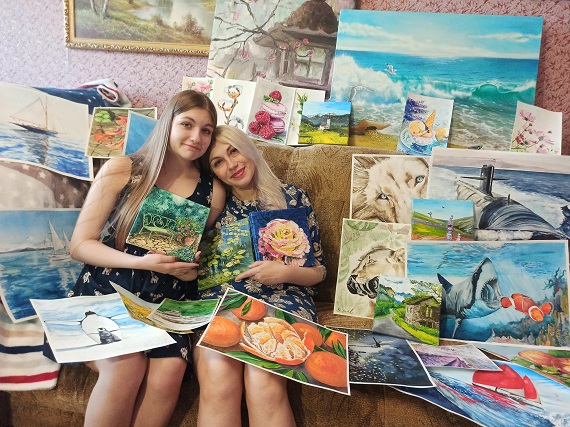No products in the cart.

Anti-War Activist, Painter (1922–2004)
Leon Golub was an American painter who was both horrified and inspired by the Vietnam War.
Synopsis
Born in Chicago, Illinois, in 1922, Leon Golub was active in the Vietnam-era peace movement, and his reaction against human brutality led him to an expressionistic and dramatic use of the human figure in monumental and rough-hewn paintings that often took inspiration from Greek tragedy and mythology. Many of his paintings in the 1960s and ’70s were commentaries on the Vietnam War, and his works had a sense of gritty immediacy.
Early Life and Career
Born on January 23, 1922, in Chicago, Illinois, Leon Albert Golub was a leading American artist in the late 20th century. He is known for his graphic images depicting man’s inhumanity to man. Golub first studied art history at the University of Chicago. Not long after earning his degree in 1942, he joined the U.S. Army. Golub spent much of the war stationed in Europe as a cartographer.
After the war, Golub returned to Chicago. There he earned a master’s of fine arts degree from the School of the Art Institute of Chicago. Around this time, Golub met and married fellow artist Nancy Spero. He received some notice for his early work, winning the Florsheim Memorial Prize in 1954. After spending several years teaching at various schools, Golub moved to Paris, France, with his wife and three sons in the late 1959.
Golub had a career breakthrough that same year when he was selected to exhibit five paintings at the Museum of Modern Art’s “New Images of Man” show in New York City. His work was included alongside that of such established and rising artists as Willem de Kooning, Francis Bacon and Jackson Pollock.
Controversial Artist
In 1964, Leon Golub returned to the United States with his family, and soon began work on a series of paintings known as “Gigantomachies.” Interested in issues relating to power, Golub displays figures engaged in some form of struggle in these large-scale works; he used a technique of scraping paint on the canvas to create a rough, almost three-dimensional effect.
As the Vietnam War progressed, Golub chose to explore his political views more explicitly in his works. He and his wife were both anti-war activists, and his critiques of the conflict emerged in such paintings as “Napalm I” and “Napalm II”—both completed in 1969. Golub also showed graphic clashes between U.S. forces and Vietnamese civilians in works such as “Vietnam III” (1973). Many viewers were startled by his frank depiction of the ongoing war.
Beginning in 1979, Golub began work on another series of unsettling images with his “Mercenaries” paintings, which depict armed soldiers; Golub often painted these military figures looking to the viewer, somehow making them a party to their actions. Around this time, he also created portraits of global power players, including Nelson Rockefeller, Fidel Castro and Mao Tse-tung. In the 1980s, Golub displayed scenes of graphic violence in his “Interrogation” series.
Later Years
Golub changed his style in his later works, choosing symbols and words for his canvases over more direct representations of his ideas. Dogs and skulls appeared in a number of these paintings, including “Infvitabile Fatvm” (1994). “Dogs move through our culture as a kind of unresolved issue,” he explained to The New York Times. “I mean, we mistreat dogs, we pet dogs; when a city gets bombed out, what’s left are dogs roaming through the city.”
Golub’s work was the subject of a major retrospective at the Dublin Museum of Modern Art in 2000, and this exhibit appeared at the Brooklyn Museum of Art the following year.
Golub continued working until his death, on August 8, 2004, at the age of 82, in New York City. Today, he is remembered for challenging the viewer with his exploration of power. As ARTnews writer Amei Wallach once wrote: “Golub was a righteous monster who reconciled painting with the unpalatable realities of his time.”


